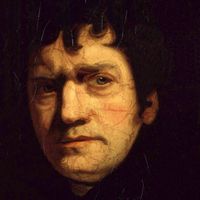Jagiellonian University
6.98

Overview
Jagiellonian University in Kraków, founded in 1364, is the oldest university in Poland and one of the oldest in the world. Its architecture, including the oldest buildings in the Old Town, reflects the long history and significance of this institution. A particular gem is the Collegium Maius, home to the University Museum, which displays precious artifacts such as the 15th-century Jagiellonian Globe. The university experienced periods of both prosperity and decline, flourishing in the 15th and early 16th centuries and attracting students from all over Europe. The 17th and 18th centuries were a time of crisis, exacerbated by religious and political conflicts. In the 18th century, thanks to reforms introduced by Hugo Kołłątaj, the university was reorganized, introducing modern teaching methods. After the partitions of Poland, having gained autonomy in Galicia, Jagiellonian University became an important scientific center. The period of World War II brought tragic events, such as the arrest of professors in 1939. After the war, communist authorities imposed Marxist-Leninist ideology, but after 1989, the university regained its autonomy and has been developing dynamically. Today, it consists of thirteen faculties and the Collegium Medicum, educating over forty thousand students. Jagiellonian University is a member of prestigious associations such as the Coimbra Group and holds a high position in international rankings. Interestingly, the university has educated outstanding scholars, artists, and politicians, including Nicolaus Copernicus, Jan Kochanowski, Stanisław Lem, and Karol Wojtyła. In recent years, the university has been developing new campuses and investing in modern scientific infrastructure, strengthening its position in Poland and worldwide.
Location
Tickets
Powered by GetYourGuide
2025 Wizytor | All Rights Reserved


